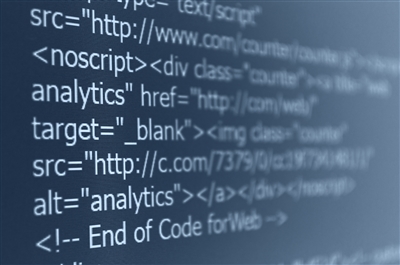Primary school children learn computer coding

When I was a primary school student, back in the 1980`s, lessons in IT were nothing more than an hour a week being taught very basic word processing techniques. Those of a certain vintage will recall when BBC computers seemed to be in every school - a result of the government subsiding half the cost the `BBC Micro` from 1981 to 1984. These distinctive looking machines, with their long row of garish read function buttons, were seen as a daring piece of modern technology. Permission from the teacher had to be granted to even touch one of its clunky buttons, and we would be separated into groups, each waiting our turn to have the privilege of sitting in front of `the machine.` This was of course before computers were a feature of almost every home, so we were all rather in awe of this ; `machine` that could apparently `solve problems` in some mysterious, oracle like manner.
We were taught the rudiments of word processing: changing fonts, centring a title, printing a document. A gigantic nine pin dot-matrix machine, which had the fearsome appearance of a small combine harvester, would screech to life, our teacher warning us not to get too close, for we might get sucked into its whirring mechanism.
Needless to say these lessons imparted to me little in the way of practical computer skills. Even in secondary school the IT classes were hardly more sophisticated: spreadsheets and pie charts were added to my arsenal of computer abilities, along with games that could be played when the teacher wasn`t looking. Fortunately my meagre IT skill set never had to be put to any practical use at school - all assignments were still handwritten, tables and pie charts carefully constructed with a ruler and pair of compasses.
Things are rather different these days - primary school children are being given compulsory lessons in computer coding during their first two years of schooling. This is not html - a relatively user friendly system which enables people to create web sites - they will be learning a computer language that looks like mathematical hieroglyphs to the uninitiated.
From the moment they start school, children are being taught the skills to both create and debug simple computer programs, as well as (according to the curriculum guidelines) `use technology safely and respectfully.` During key stage one they will also be taught about algorithms, and how rule governed processes enable computer programmes to function.
Once they reach key stage two the focus will shift onto creating programmes that fulfil specific objectives. A simple task might be to write a computer programme that helps you manage your finances, or create a calendar that can issue alerts when certain assignments have to be completed.
Entering secondary school students will begin key stage three, and will start learning certain abstract features of computer programming, such as boolean logic, along with more advanced algorithmic processes. They will also be taught how computers actually work, learning about CPU (Central Processing Unit) architecture, and how the numerous different systems interact.
Key stage four allows students to be more creative, letting them utilise the skills and tools they have acquired to create programmes and projects of their own. By this stage those with a real gift and aptitude for programming will have the chance to display their abilities.
Things have changed rather a lot then in the two decades or so since I have left school. As a secondary school student, to me computer proficiency meant being able to fix the printer when it was jammed. Learning how to code was something unimaginable - I wouldn`t have even known the meaning of this activity, and would have probably thought it related to espionage in some way.
Speaking at Startup Fest Europe in Amsterdam in 2016 Tim Cook, the CEO of apple, said `Coding should be a `second language` taught to all children,` and that it`s `just another language, and just like any other language it should be taught in schools.`
Computers are obviously part of every industry today. If your company doesn`t have a website, chances are it wont be lasting much longer. From our phones to our fridges - our televisions to our thermostats, computers are everywhere. If we are to remain competitive we have to equip our workforce with the skills to meet the demands of the modern world.

 Add a Comment
Add a Comment